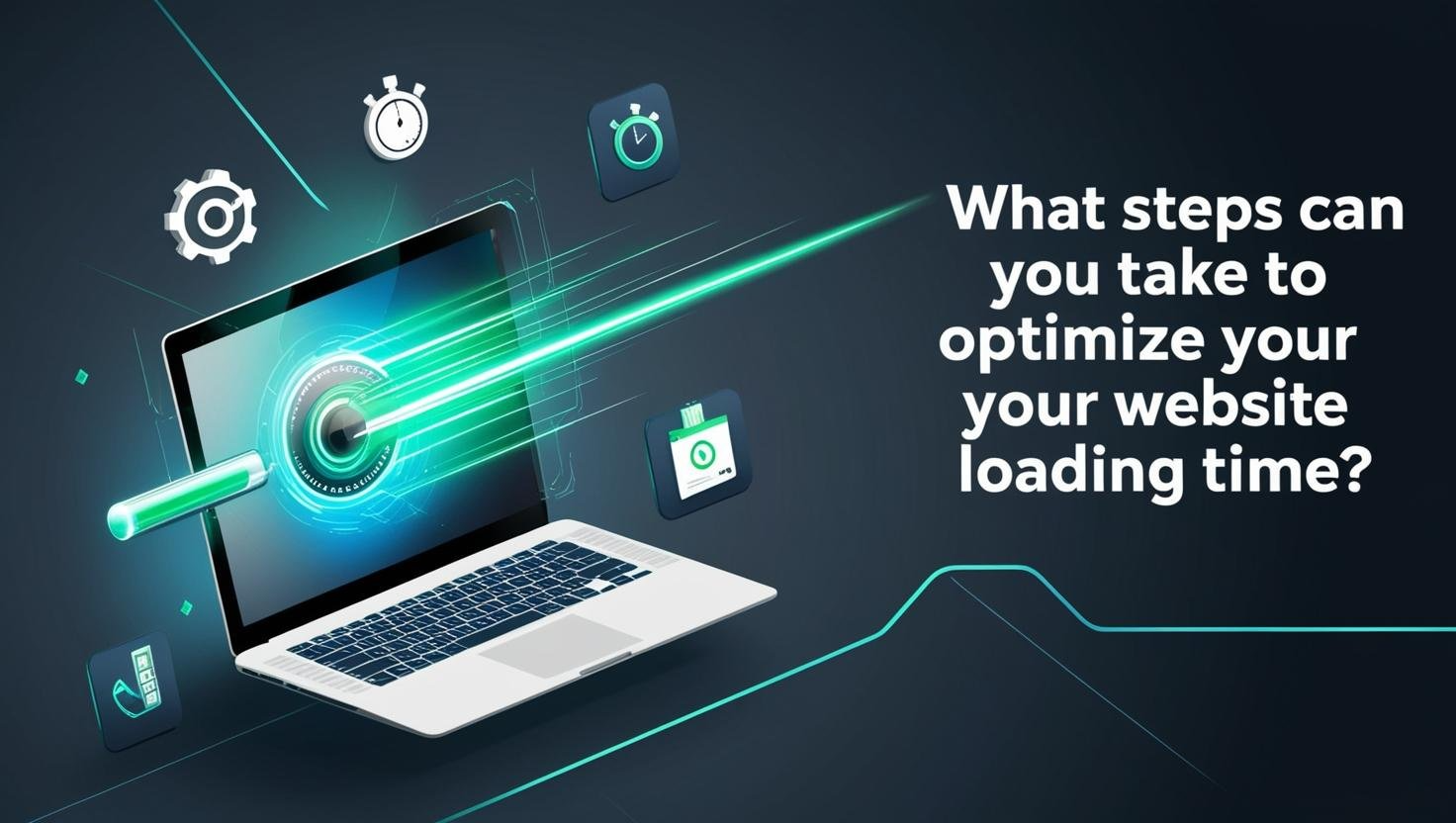The need or significance of website speed to improve user experience, as well as boost SEO, can surely not be overstated. If you have come across a slow-loading website ever, it must have tested your patience.
Well, apart from this, it also negatively impacts the search engine rankings. In this guide today, we will discuss several website speed optimization techniques that help accelerate the loading time of your website.
Each technique will help in optimizing the front as well as the back end of your site and ensure an immediate, efficient, and user-friendly experience. This endeavor retains visitor interest and elevates the visibility of the site in search engine results; thus, attracting more traffic and engagement.
Optimize Images
One of the simplest and most effective ways to speed up a website is optimizing images. If the images are large, they can affect the loading times of the page, and it can eventually slow down.
- Efficient image sizing: You can resize images to the smallest possible size that still delivers quality visual clarity to enhance load times without sacrificing user experience.
- Adaptive images: You can incorporate techniques to serve different image sizes based on the user’s device. This will help in reducing the load time on mobiles and tablets.
Minify and Combine Files
Reducing the size of your HTML, CSS, and JavaScript files through minification helps in removing excessive characters from your code. And, as you combine files, the number of HTTP requests is reduced, which speeds up your site. Tools such as HTMLMinifier, CSSNano, and UglifyJS are very helpful in automating this process.
- Advanced compression: Use advanced compression techniques on HTML, CSS, and JavaScript files to further reduce the size.
- Efficient file handling: Organize and structure your files in a certain way that combines all scripts into fewer files to minimize the number of server requests.
Utilize Content Delivery Networks (CDNs)
A CDN can store cached versions of your content in various geographical locations; thus, boosting the load time of your website. This ensures that data is accessed by users from the closest server, which minimizes any delay and improves responsiveness.
- Enhanced content replication: Use CDNs to copy site content across servers globally, reducing the distance between the server and the user. This boosts load times dramatically.
- Security and uptime: CDNs can also improve site security and reduce downtime by distributing the load and mitigating DDoS attacks.
You May Also Like: How to Build Off Page SEO Strategy For New Website?
Enable Browser Caching
Browser caching stores website resources on local computers when people visit your site. This means that returning visitors can load the page faster since the browser does not have to download the same files again. Implementing ETags can further optimize this process by reducing unnecessary downloads.
- Optimized cache policy: Develop a strategic caching policy to manage how and when the browser caches a website’s data, potentially including different policies for different types of content.
- Cache invalidation: Implement mechanisms to properly invalidate outdated cache data, ensuring users always receive the most current version of your site.
Improve Server Response Time
Your server’s response time can affect your site’s performance. Opt for a reliable hosting service with fast server speeds. Consider server-side caching to reduce load times and improve overall site performance. Regular monitoring and upgrades can help maintain an optimal response time.
- Optimized web server configuration: Adjust server configuration to handle high traffic efficiently and respond quickly to requests.
- Use of Latest Technologies: Upgrade to more efficient technology stacks like PHP7+ or the latest version of your web server software to take advantage of performance improvements.
Prioritize Mobile Optimization
With the growing dominance of mobile traffic, optimizing for mobile is crucial. Mobile users tend to be less patient, so improving load times on mobile can lead to better engagement and lower bounce rates. Ensure your site is responsive and elements are optimized for quick loading on mobile devices.
- Critical CSS loading: Use inline CSS for above-the-fold content to load crucial styles first, which makes the page usable faster.
- Font optimization: Minimize the number of font resources loaded from external sources to decrease latency on mobile devices.
You May Also Like: Top 10 Expert Strategies for Mastering Social Media Marketing in 2024
Reduce Redirects and External Resources
Minimizing redirects enhances site speed as each redirect creates additional HTTP requests. Also, assess and streamline any external scripts, social media buttons, or plugins, as these can slow down your site. Prioritize essential features and host resources locally when possible.
- Streamline third-party integrations: Evaluate the necessity of third-party services integrated into your site and remove non-essential ones that negatively impact speed.
- Asynchronous loading: Where possible, load scripts asynchronously to ensure that they do not block the rendering of your page.
Bottom line!
Elevating your website’s speed is essential in climbing the SEO ranks and enhancing user engagement. Through targeted optimizations like image compression, CDN usage, and mobile-first designs, you can dramatically reduce load times.
Regularly revisiting and updating these optimizations as technology evolves ensures that your site remains fast and efficient, solidifying your competitive edge and boosting both traffic and user satisfaction. By committing to these speed enhancements, you are investing in a more robust digital presence.





